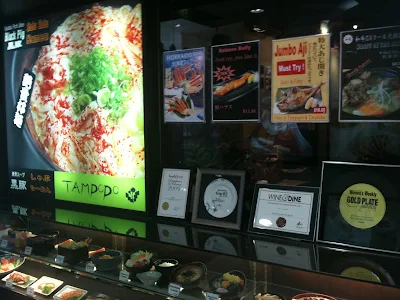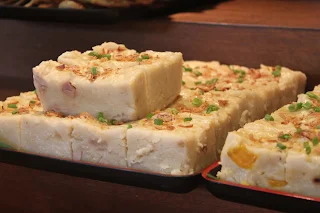Kaya is that bread spread coconut based jam simply made by steaming
a combination of egg and coconut milk flavoured with a few strips of pandanus leaves
and
tempered by sugar to taste. This spread is best put over toast with some butter to awake the senses on asleepy morning - and accompanied by a hot cuppa of coffee, Milo or even tea.
In Peninsular Malaysia, the most successful chain of commercial kaya toast outlets belong to the Old Town White Coffee franchise. They also provide a variety of street food favourites ranging from Penang styled char koay teow (wok stir fried flat thin rice noodles), mee goreng (wok stir fried Hokkien noodles in a savoury paste of tomato, chili and bean paste) to curry laksa. Old Town originates from the food city of Ipoh in the northern state of Perak, which used to be rich in tin mining. The classic combination of poached or half boiled eggs and a serving of two pieces of kaya toast has existed for more than a century. Nowadays you can get multi-grained bread and organic free range eggs as available preferences. In addition, you can have wireless internet, free streaming hifi and marble top tables all thrown in as part of the experience. The toasts are available till past midnight in trendy hubs of Malaysian cities and in Singapore.
The teh tarik (pulled tea) - foreground in image above - is also served at Old Town, primarily a cinnamon-flavoured black tea and condensed milk mix that requires a bit of showmanship in its preparation.
A process of repeatedly pouring the prepared combination between two vessels, from a height, cools the initially hot mix to a viable drinking temperature before being served. Think of this as comparable to decantering wine!
When served, you should obtain a nice frothy top and a much improved flavour for the drink.
Images above have been taken at the Sunshine Square outlet on Penang Island.
Below, the Old Town outlet at JB Plaza, Johor Baru.


























